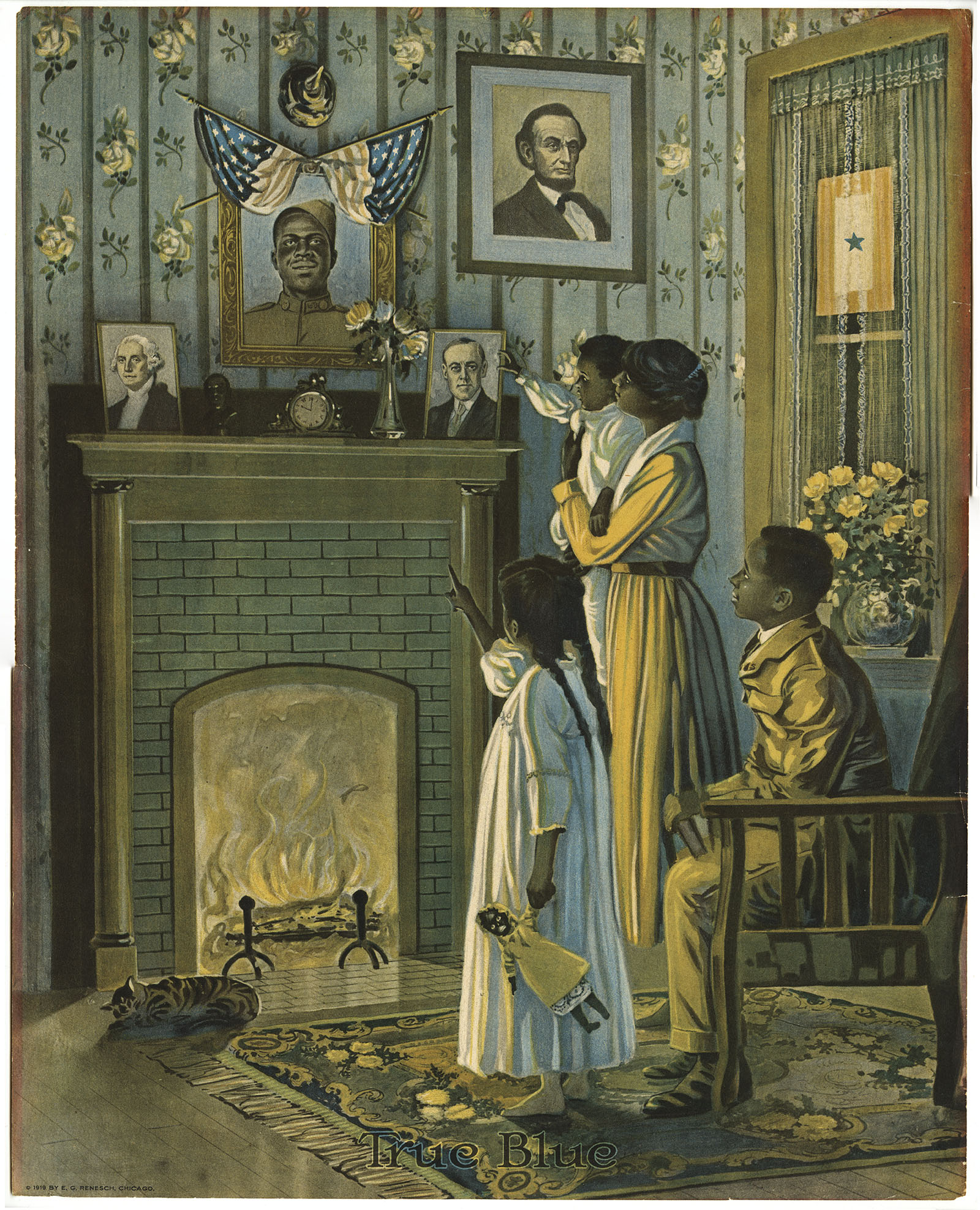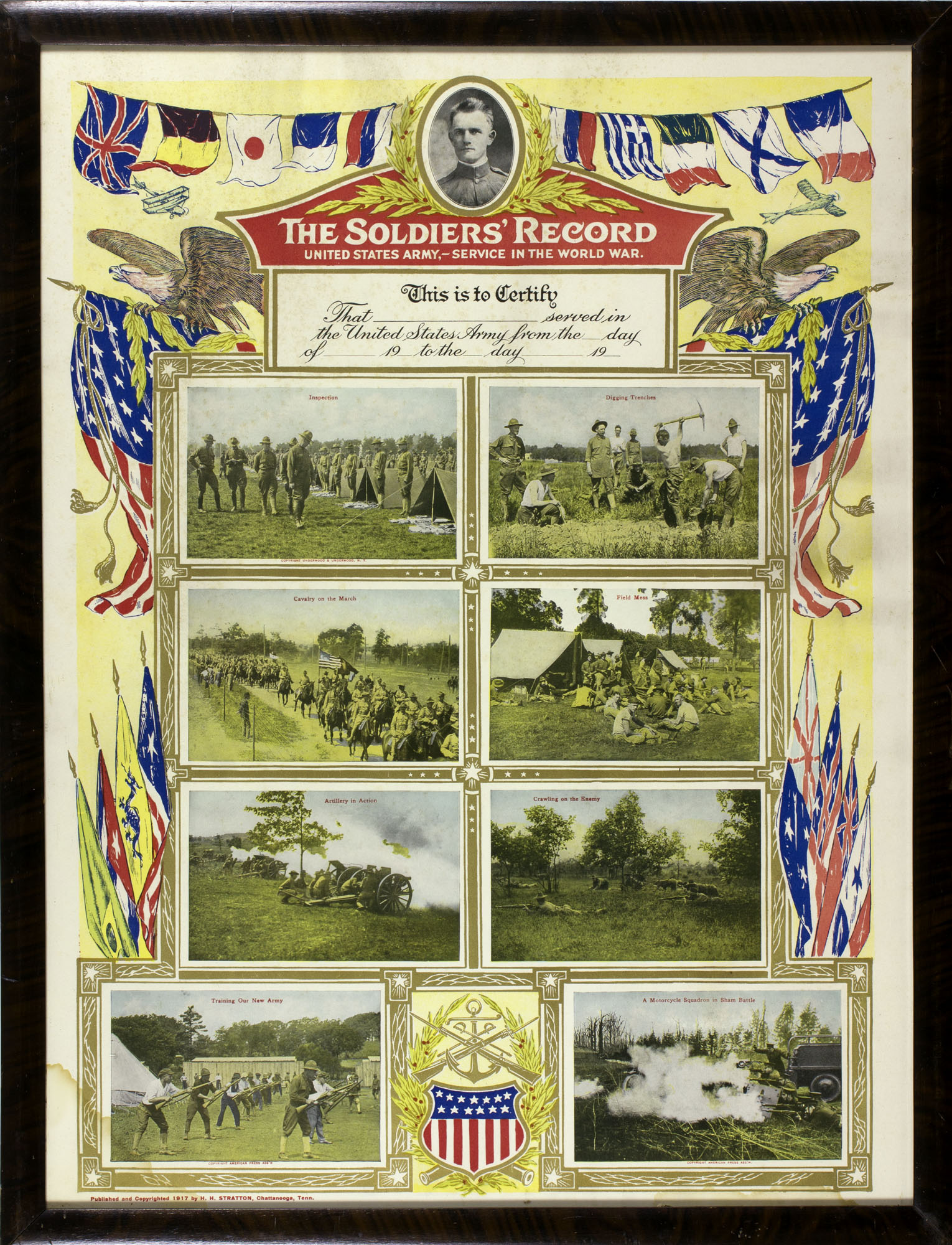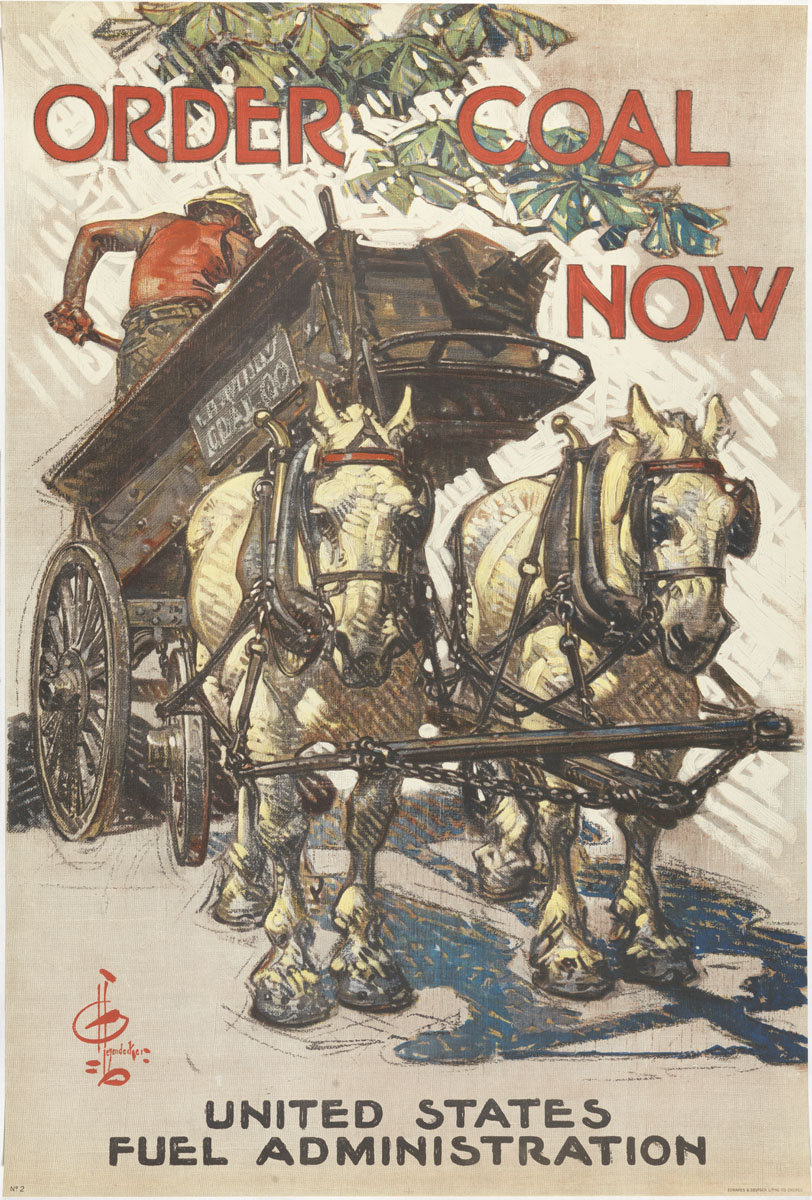Rallying for the Cause
Section 5
Both private and government agencies were established to coordinate war relief efforts. Philadelphia industries, like those across the country, geared up for war production. African Americans from the south came to northern industrial cities to work in factories. Women and older men filled manufacturing jobs left behind by young men who joined the military. Philadelphia residents from children to the elderly were expected to behave patriotically both publicly and privately and to willingly make sacrifices for the good of the country.
Eleanor R. Bushnell, Patriotic Scrapbook, ca. 1919. Gift of Elizabeth P. McLean.
Filled with illustrations of American and European war posters cut out of newspapers and magazines and a collection of patriotic buttons, this scrapbook, compiled by the teenaged Eleanor Bushnell, demonstrates how the war impacted those of all ages on the homefront.
Soldiers of the Allies paper dolls. Color letterpress, ca. 1918.
Companies could make their products even more appealing by tying them to the patriotic fervor of the American public. Children could collect and play with paper doll soldiers representing all of the Allied nations while enjoying Wilbur chocolates.
[National Defense Day Parade, Philadelphia, September 12, 1924]. Gelatin silver photograph.
President Calvin Coolidge declared September 12, 1924 as National Defense Day and asked Americans to remember the unity the country shared during the recent war and to assess its current state of preparedness for future conflicts. Float after float in Philadelphia’s parade touted Baldwin Locomotive Works’ wartime production of munitions and locomotives and the company’s willingness to do it again.
Workers at the U.S. Marine Corps Depot of Supplies, Philadelphia, ca. 1918. Gelatin silver photograph.
Many of the 1,200 military and civilian workers, including a large number of women, from the U.S. Marine Corps Supply Depot posed on the steps of the Library Company’s South Broad Street building. This depot, located just a few blocks away from the Library, shipped over 31,000,000 pounds of supplies to Marines serving in the war.
President and Mrs. Wilson launch first ship at Hog’s Island, August 5, 1918. Gelatin silver photograph.
Construction of Philadelphia’s Hog Island, the world’s largest shipyard, began in December 1917 and was completed in the spring of 1918. A crowd estimated by the Philadelphia Inquirer at 100,000 braved the stifling summer heat to attend the launch of the shipyard’s first ship, the Quistconck. The Hog Island Shipyard, which employed upwards of 30,000 laborers, only remained open until 1921.
M. Elliot, [The Women’s Permanent Emergency Association of Germantown], ca. 1919. Gelatin silver photograph.
Founded to provide assistance to Johnstown flood victims in 1889, the Women’s Permanent Emergency Association of Germantown turned its attention to Belgium refugees after the outbreak of World War I in 1914. The pace of relief efforts increased when America entered the war. By the end of the war, the group had sent overseas more than 65,000 hospital supplies, over 7,500 new garments, and 5,000 knitted articles along with books and food.
True Blue (Chicago, 1919). Color lithograph.
The Soldiers’ Record (Chattanooga, TN, 1917). Offset color lithograph.
While the government and the military issued posters for public display, publishers also offered posters to hang within the privacy of one’s home. The E.G. Rensch Company of Chicago, for example, targeted the African American audience with some of their patriotic posters. Depicting a middle-class family honoring the military service of the man of the house, this poster shows African Americans both participating in the defense of American democratic ideas as well as benefitting from them. Families could also proudly display posters to announce specific information about the military service of a husband or son. The modernity of a war fought with airplanes and motorcycle squadrons is visually contrasted with the old-fashioned use of the cavalry and the back-breaking work of digging trenches for the troops.
Joseph C. Leyendecker, Order Coal Now, ca. 1918.
In August 1917, President Wilson established the United States Fuel Administration to regulate the production, distribution, and consumption of coal, oil, and other fuels. From Heatless Days to Gasless Sundays to Lightless Nights, the government enforced a wide array of initiatives designed to conserve precious resources.


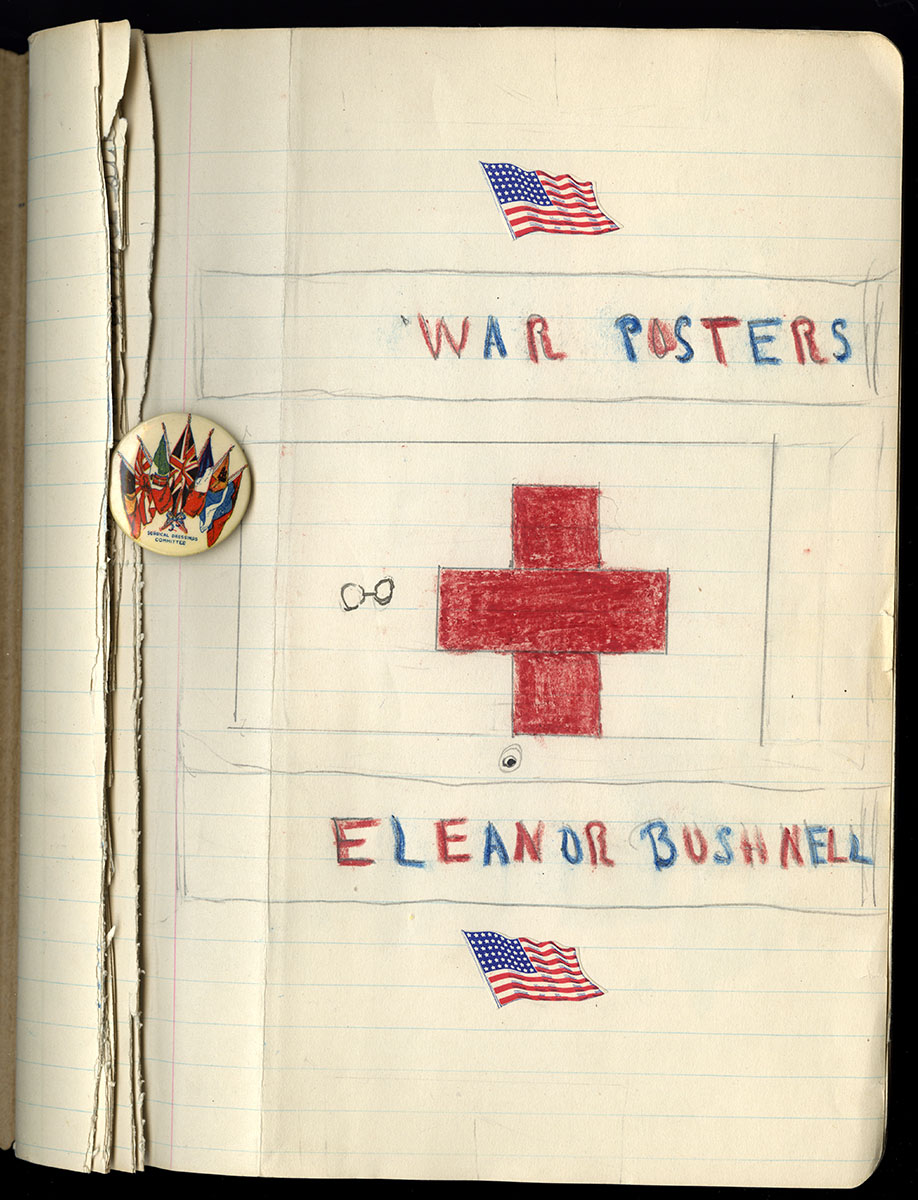
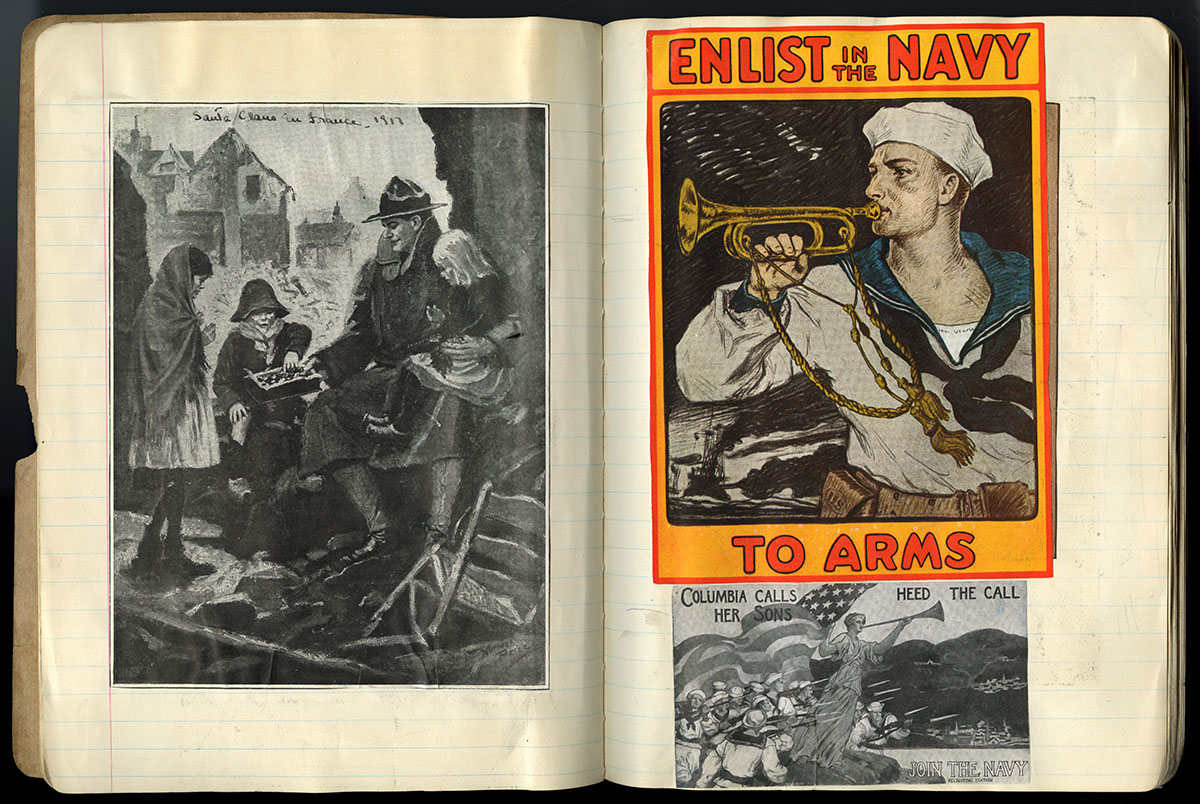
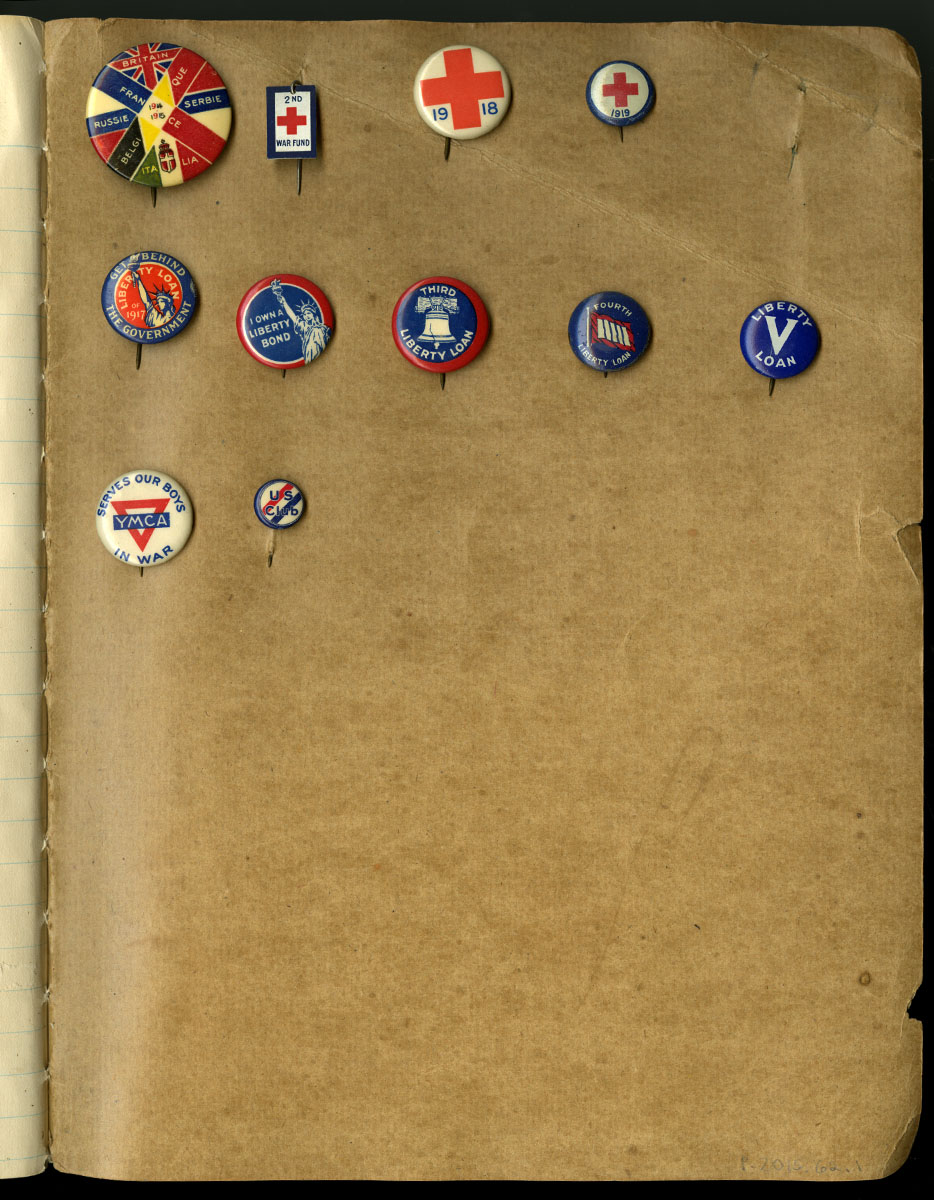
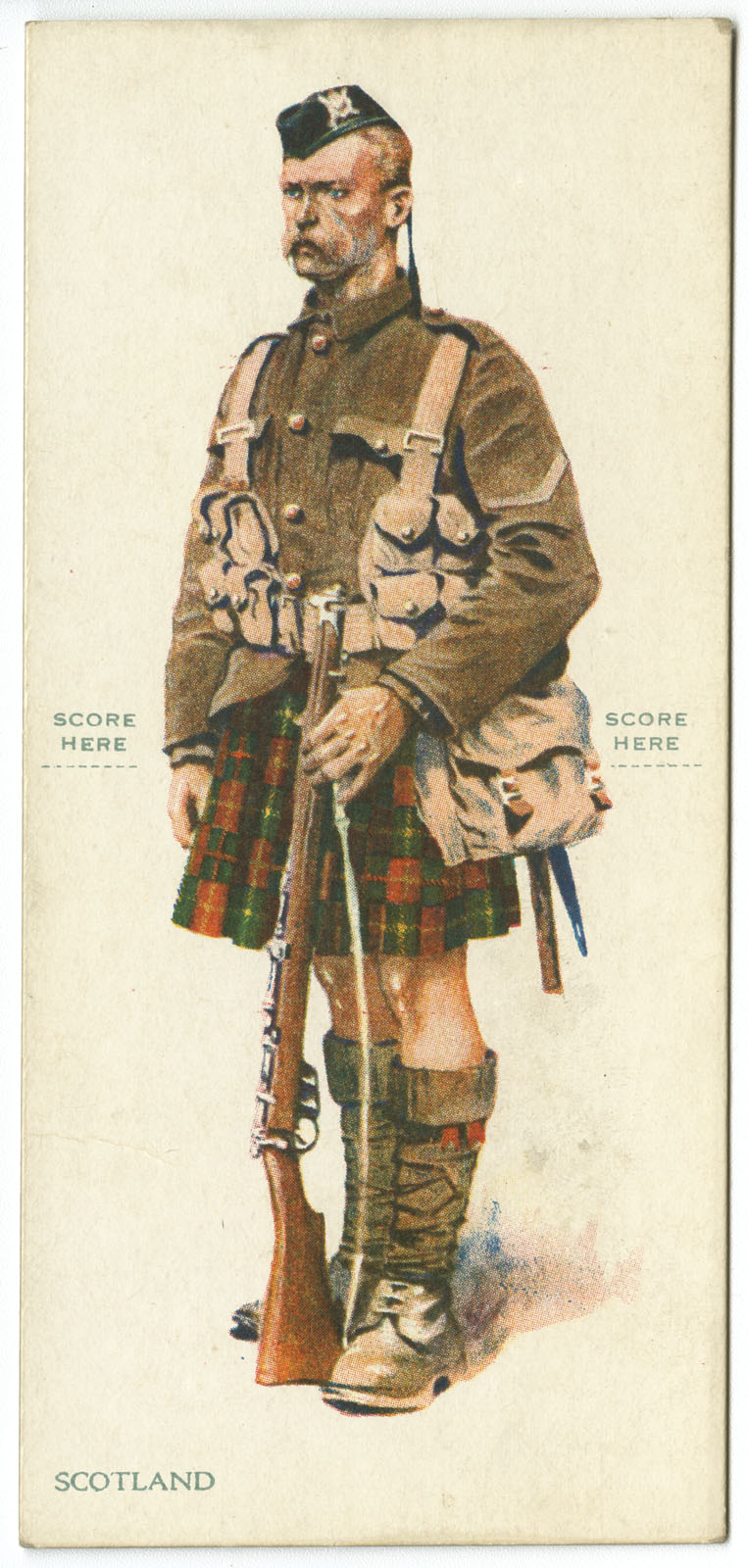
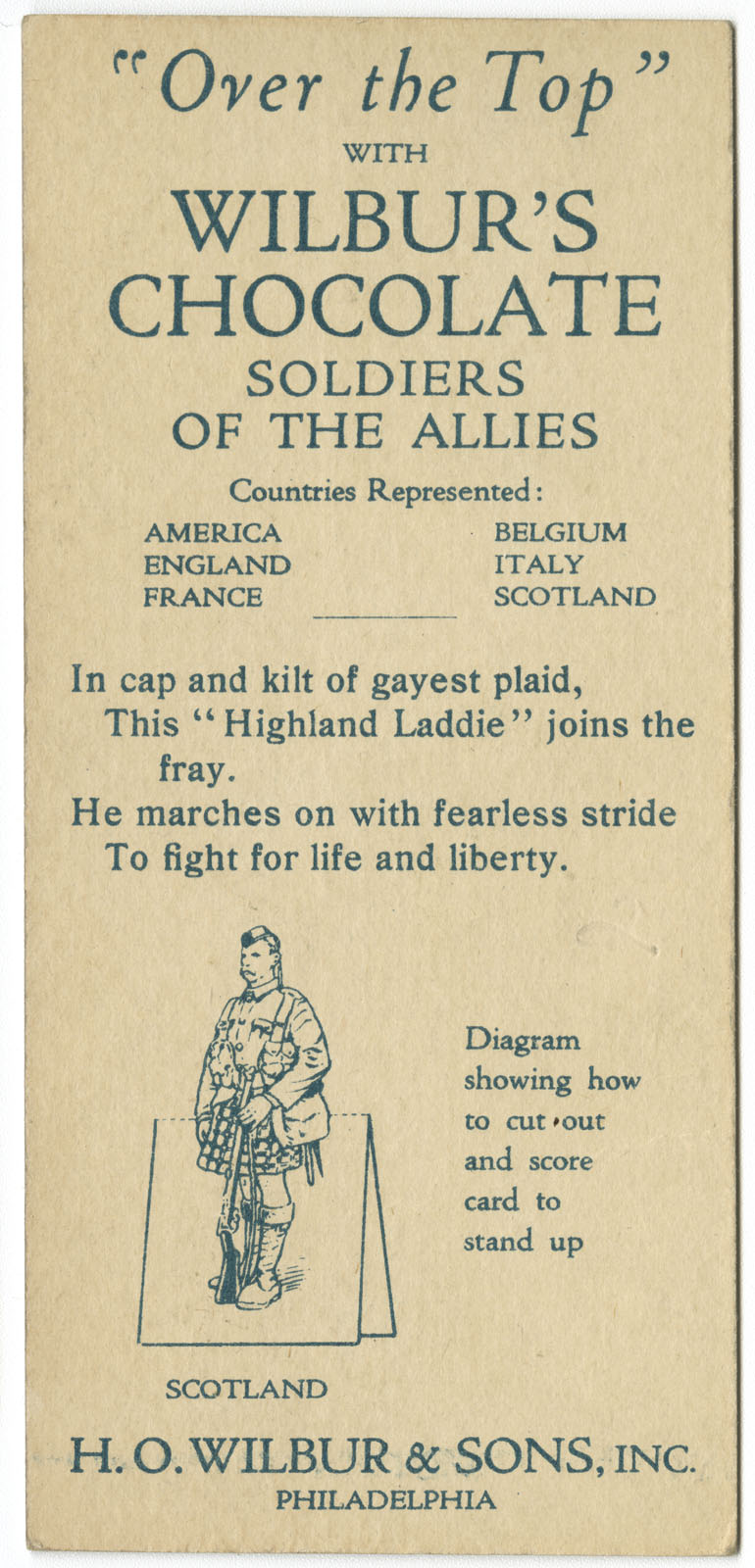
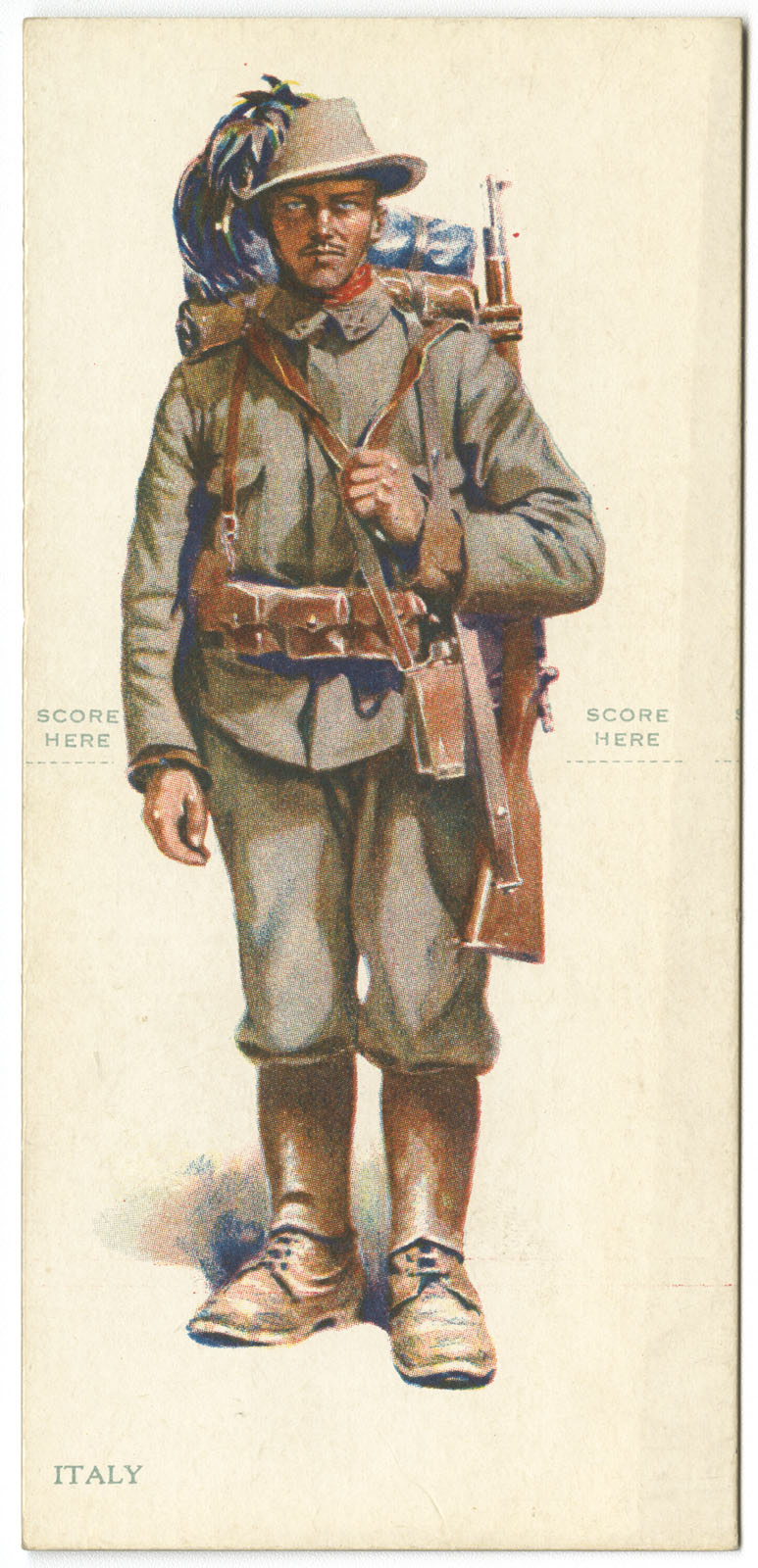
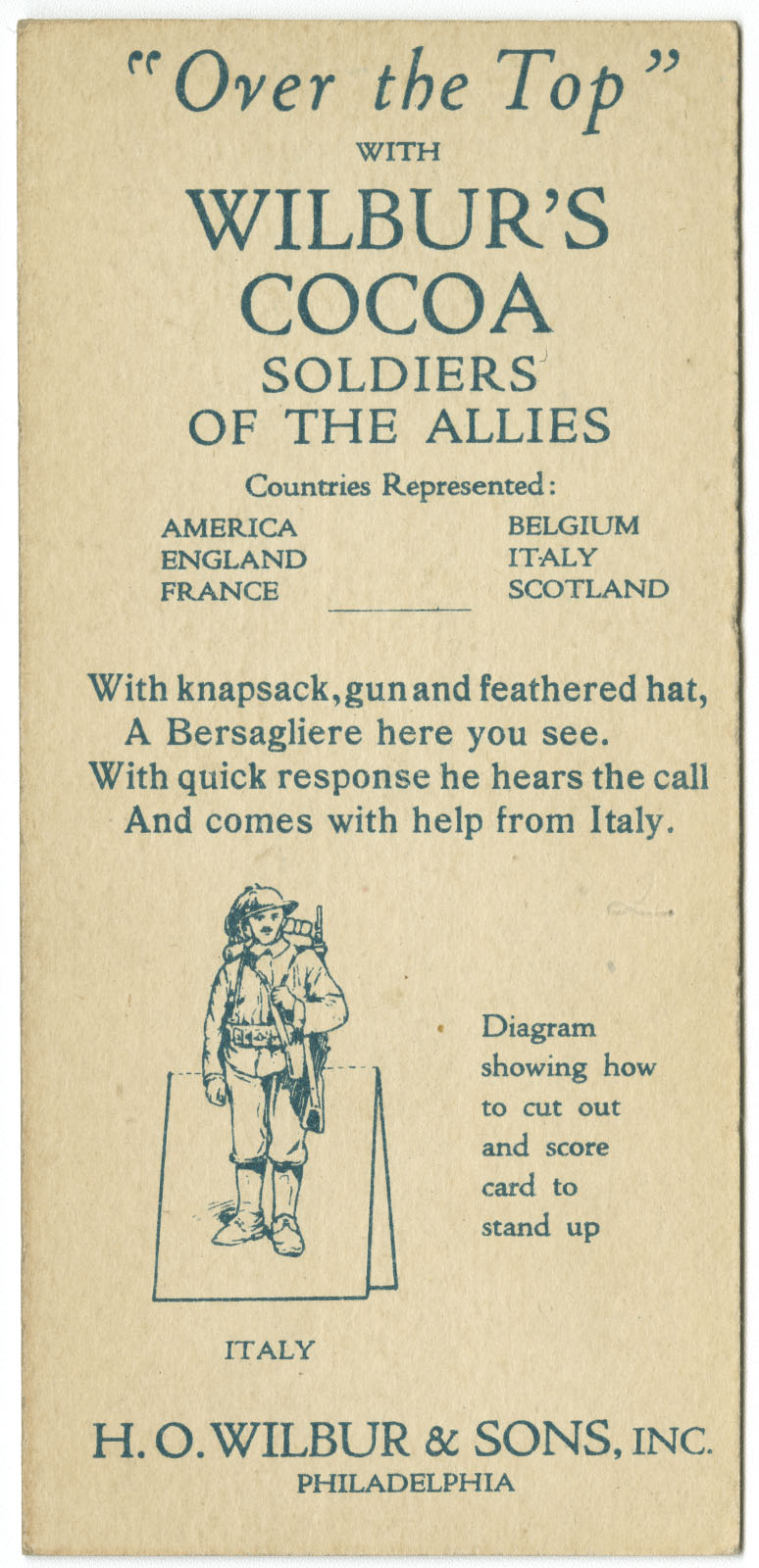
![[National Defense Day Parade, Philadelphia, September 12, 1924]. Gelatin silver photograph.](https://togetherwewin.librarycompany.org/wp-content/uploads/2017/04/5-6-baldwin-p-9260-269.jpg)

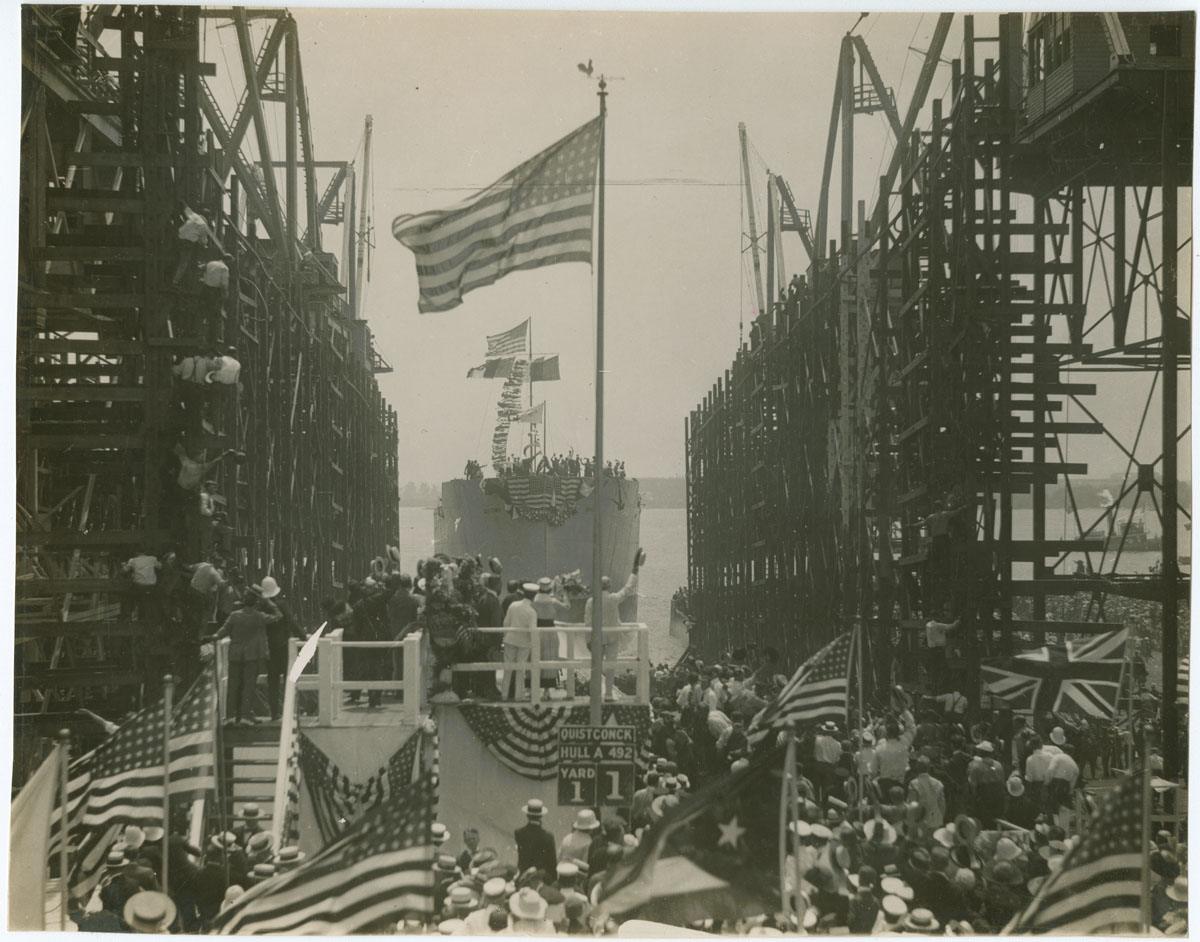
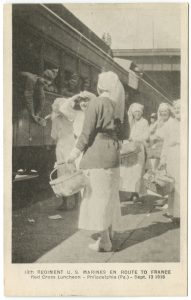
![M. Elliot, [The Women’s Permanent Emergency Association of Germantown], ca. 1919. Gelatin silver photograph.](https://togetherwewin.librarycompany.org/wp-content/uploads/2017/04/5-12-p-8740-9.jpg)
